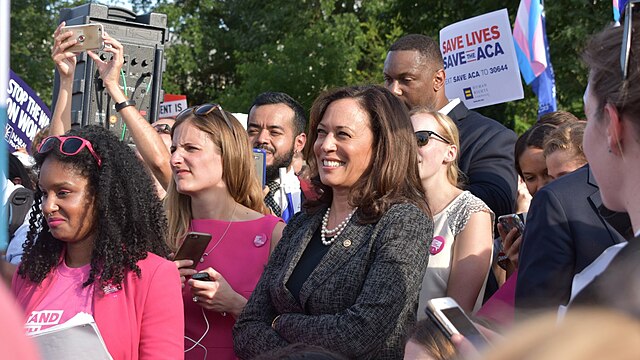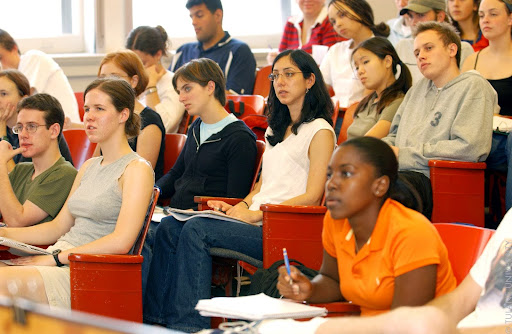Out with the old, and in with the new. Out with the napkins, and in with the ice cream, waffle station and large display cooler with food we can’t eat. Why these changes?
Over spring break, the cafeteria underwent changes in setup, process and image.
“We moved the waffle station and moved silverware around to try to make the space seem more open and inviting,” said Director of Dining Services Zeb Knight.
“We also added the ice cream, which I think has been pretty successful.”
When asked what inspired these modifications, experience proved a key theme and reason.
“It was not only for the students but also for the staff and how they can do their jobs better,” said Executive Chef John Clark. “It makes sense for this environment.”
Though implemented with reasons that seem logical, the changes in the cafeteria have come at an interesting time for Guilford College. With prospective student tours increasing for spring, one begins to wonder if these changes are about more than improving the dining experience for students.
During an official campus tour, one can expect a one-hour session that includes an official welcome, admission highlights and a tour of the campus.
“I know as a part of tours, students are allowed to have a meal in the caf,” said first-year Katie Claggett. “The new changes in the caf may be related to that.”
While passing through the cafeteria, I heard a student exclaim, “What is this? Are we allowed to eat the food in here? Why is it here?” in reference to the display cooler filled with organic food from Guilford’s farm.
For many students, the cooler is a “looks good” item, used as evidence of Guilford attempting to bolster the College’s image by changing superficial aspects.
The changing of superficial aspects over more pertinent matters has been a reoccurring issue identified by many Guilford students. A lack of financial transparency, transparency in filling open positions and equal treatment for all students has caused increased scrutiny of college decisions.
With good reason, the modifications in the cafeteria have concerned some students because it may seem like Guilford’s priorities are out of whack.
In reality, however, for the display cooler cafeteria workers just wanted to make sure a nice piece of equipment was not going to waste.
“We added the display cooler on the end because we had that piece of equipment downstairs that was not being used,” said Knight. “I was just trying to make sure it was being utilized.”
To take it a step further, I inquired about the relationship between the revamping of the cafeteria and prospective student tours to see if the changes were meant for improving Guilford’s image.
“Certainly, I hope there is a definite correlation between the number of (prospective students) that commit and the dining services,” said Knight.
“But these changes are so recent. All of these (prospective student) tours have probably already been scheduled.”
Even if these changes were encouraged due to student tours and visits, what is the harm in making the cafeteria flow and look a little better? Are current students not positively affected by these improvements?
Keeping up appearances may achieve the intended effect of encouraging more students to apply. With an increase in enrollment, Guilford will bring in more revenue to work toward solving real matters such as budget problems.
In fact, it would be a disservice to the visiting prospective students if Guilford did not showcase itself in the best possible state. While it may seem like tours and visits only praise Guilford, one would not want to purposely use tours to inform students of everything that is wrong with Guilford.
Expecting the admissions office to do so is synonymous with deciding to recount and explain every mistake you have made while being interviewed for a job. That is simply not the purpose of a tour or an interview, nor is it what visiting students expect.
“I’d say every college and university struggles with the fact of maintaining an image,” said Claggett.
“Working with admissions (as a tour guide), I think Guilford does a good job of staying true to our values and being as authentic as possible to prospective students.”
While scrutiny may be necessary for evaluating College decisions, sometimes adding ice cream is just adding ice cream.






